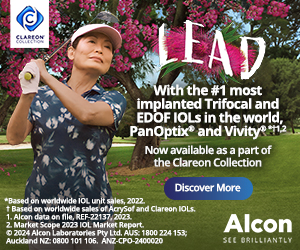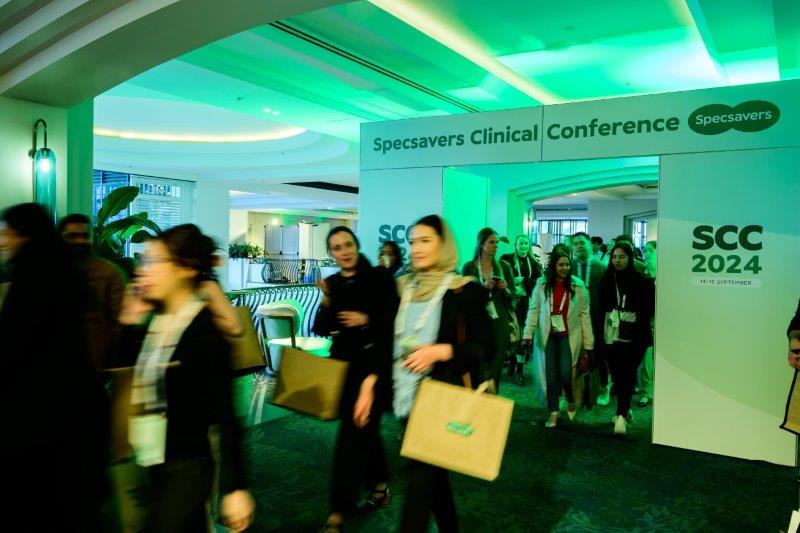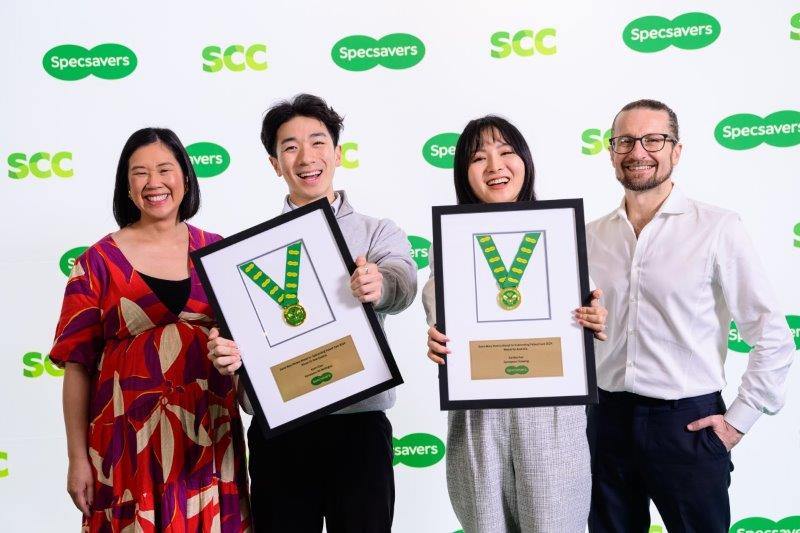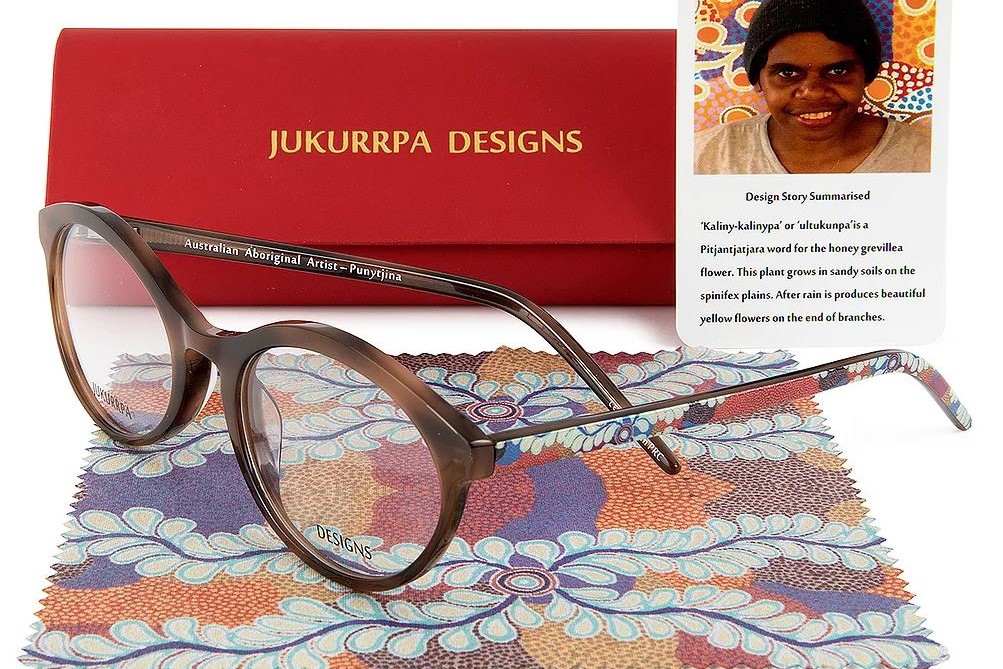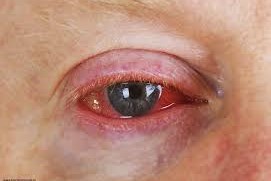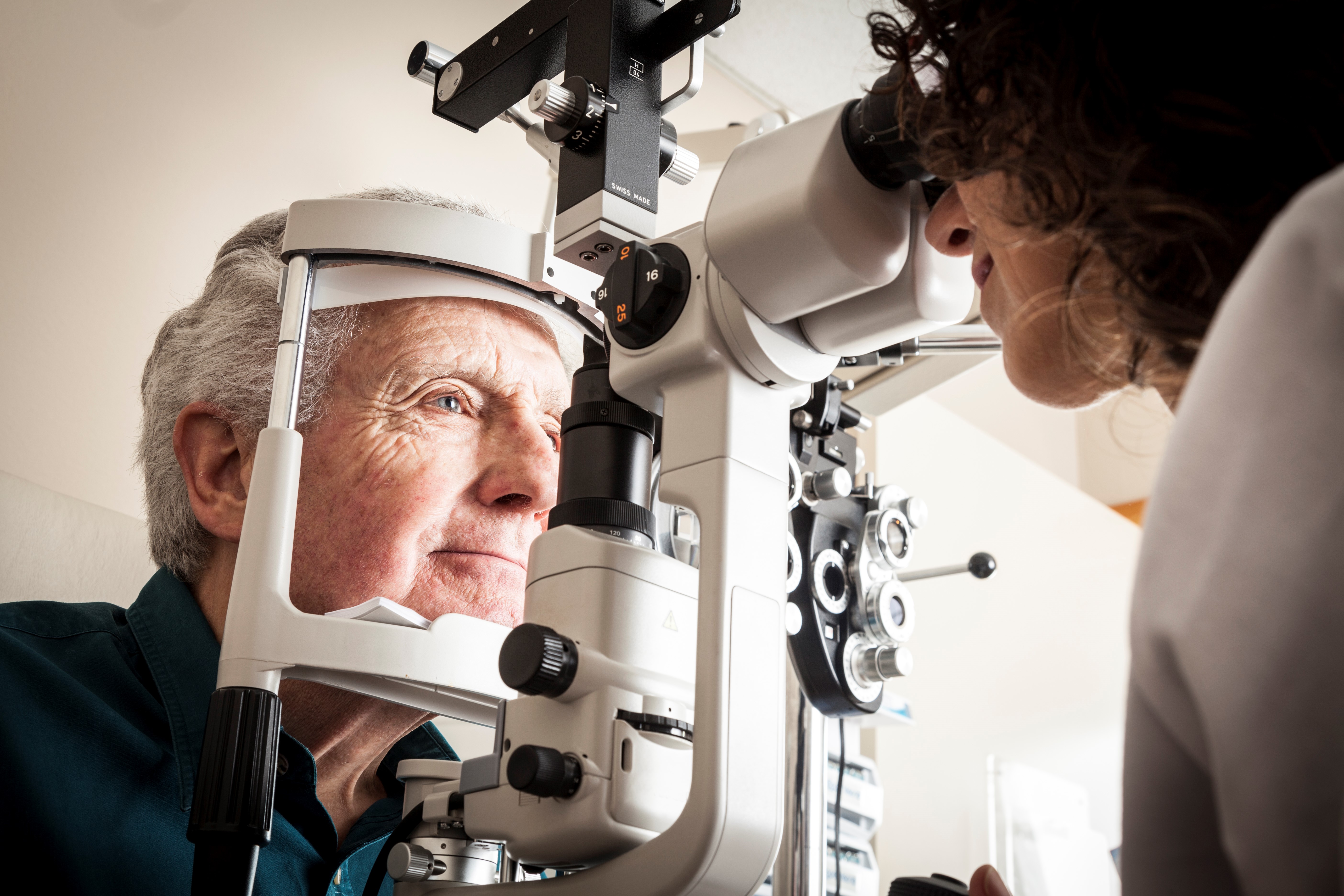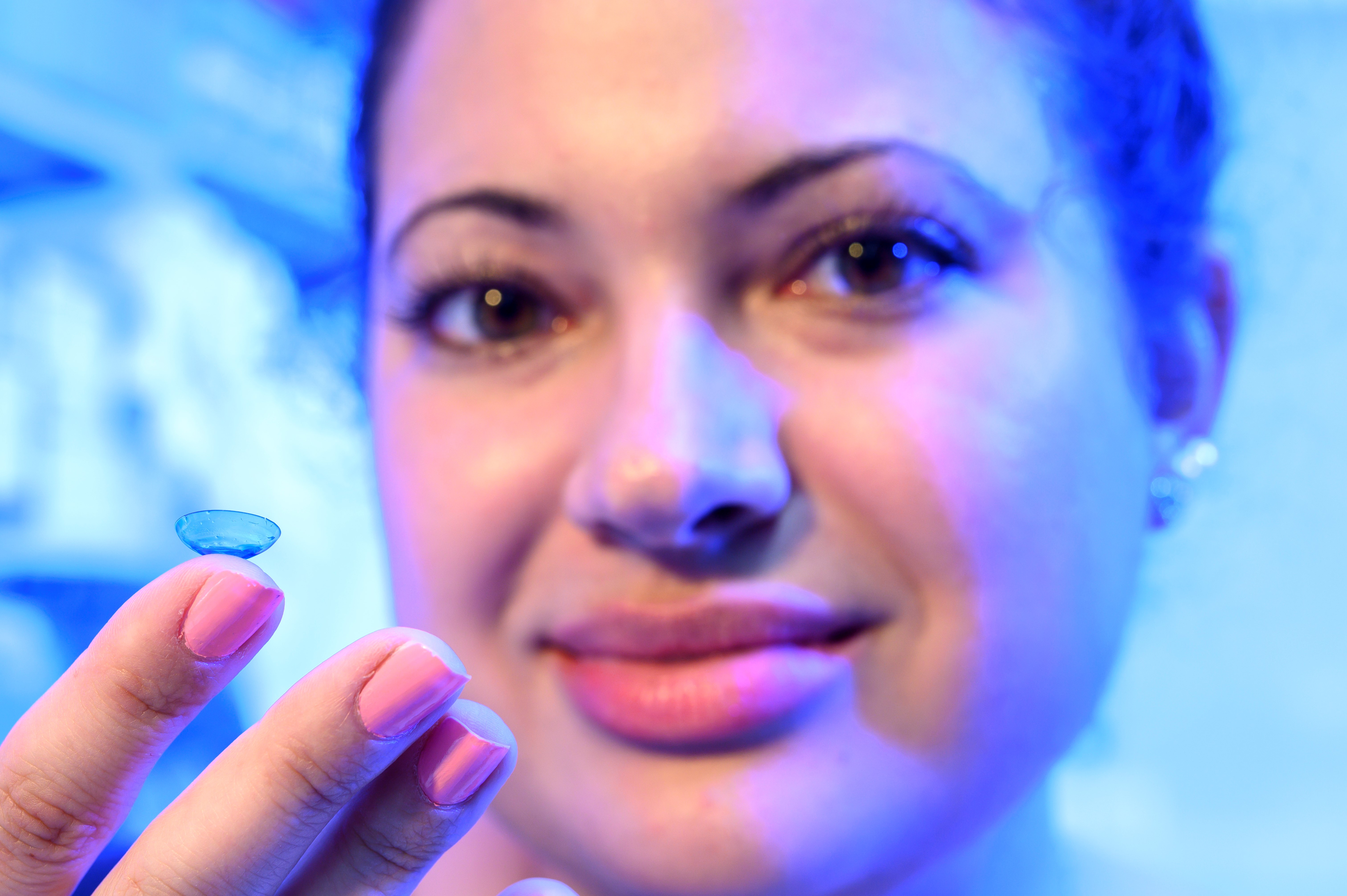SCC 2024 shines bright on Gold Coast
The JW Marriott Gold Coast Resort & Spa played host to this year’s Specsavers Clinical Conference (SCC), drawing over 400 in-person professionals and more than 400 online participants from across Australia and New Zealand. It was my first time attending the SCC in person and, as the event unfolded, I realised it wasn't just about the clinical knowledge shared but the connections made, the inspiration gained and the sheer fun we had as a community of eyecare professionals.
With the flight from Auckland to the Gold Coast filled with fellow optometrists, the reunions began even before we landed. Some of us enjoyed a quick shopping spree, a stroll down Surfer’s Paradise and witnessing an ‘onion volcano’ at the hotel’s teppanyaki restaurant, before diving into the more serious clinical discussions to come.

Yani Ho, Jeena Kim and Rishi Khattar
Getting back to basics
The first day featured insightful talks on paediatric management by local ophthalmologists Dr Rushmia Karim and Associate Professor Heather Russell, a session that resonated deeply with me, as working with children can often be challenging but incredibly rewarding.
In their approach to amblyopia treatment, they emphasised the importance of focusing on effective, short-duration patching, rather than simply increasing patching hours. A regimen of two hours per day, along with near-vision activities, was shown to be as effective as patching for six hours, making the process more manageable for both patients and families. The recommended practice is to start with full-time glasses wear for around 12 weeks, since optical correction alone can improve amblyopia in up to 30% of patients. Treatment is a "marathon, not a sprint" and quality matters over quantity, they said.
Additionally, it was noted that amblyopia treatment should not be done concurrently with myopia control. The Pediatric Eye Disease Investigator Group (PEDIG) studies provided insights on the effectiveness of late-onset patching, particularly for children aged seven to 12 years, where combining glasses, patching and low-dose atropine can still yield good results, although it’s not as effective as in younger children. Even in the 12–17 years age group, if patching is introduced for the first time it can offer improvements – a key reminder that it’s never too late to try. The idea that we can make a life-changing difference in a child’s visual development with proper treatment plans reinforced the importance of our role in paediatric eyecare.
The glaucoma puzzle
For those passionate about glaucoma, Sydney-based surgeon Dr Jason Cheng’s session was an absolute gem. What I found particularly useful about his pragmatic approach to interpreting OCT data was his focus on the inferior retinal nerve fibre layer (RNFL), which he identified as the most reliable indicator of early glaucoma. His step-by-step guide – beginning with image quality, average RNFL thickness, ganglion cell layer and inner plexiform layer thickness, disc topography and ending with disc haemorrhages – made me rethink how I’ve been analysing OCT scans.
Melbournian Dr Brian Ang gave another eye-opening talk, highlighting the role of lifestyle and holistic care in reducing glaucoma risk. Regular aerobic activity can temporarily lower intraocular pressure by up to 6mmHg, while mindfulness meditation reduces it by about 2mmHg, he said. These numbers might seem small in isolation, but in the larger context of glaucoma management, every bit counts. Encouraging our patients to incorporate these lifestyle changes feels like a meaningful, proactive step towards better care.

Specsavers Auckland store directors Arshad Hoosen, Amy Lee and TJ Kim
The persistent challenge of dry eyes
As the conference rolled on, Adelaide’s Dr Aanchal Gupta delivered a powerful session on dry eye disease (DED), reminding us it’s more than just “not enough tears” and often requires long-term management rather than a quick fix.
She emphasised the importance of a thorough assessment and the need to address evaporative, aqueous-deficient or mixed dry eye. One takeaway that resonated with me was the significance of explaining to patients that, while there’s no cure, management strategies can greatly improve their symptoms. Setting realistic expectations is key to helping patients cope with this chronic condition, she said.
Queensland Eye Institute’s Dr Brendan Cronin’s energetic and creative presentation brought DED to life via balloon art to depict demodex mites and their waste, and delved into DED risk factors including post-menopausal hormonal changes and the use of Botox and retinol creams used in skincare routines. His candid discussion on the worsening impact of medications such as antidepressants and beta-blockers on DED symptoms made me more mindful of the importance of reviewing patients' medication history. Additionally, his insights into the use of ciclosporin (funded in Australia and MedSafe-approved in New Zealand but not yet funded by Pharmac) for long-term DED management offered a fresh perspective on treating chronic DED patients.

Dr Brendan Cronin with demodex balloon art and its waste!
Retinal disease and posterior eye
By the second day of the conference, I was already mentally full, but the sessions on retinal disease and posterior eye conditions delivered some of the most practical clinical tips. Dr Mali Okada, from The Royal Victorian Eye and Ear Hospital, gave an invaluable refresher on retinal detachment. Her step-by-step guide to differentiating between rhegmatogenous, exudative and tractional detachments was comprehensive and her use of OCT as a diagnostic aid in ruling out mimics, such as schisis or choroidal detachment, was a reminder of how far technology has come in assisting our clinical judgment.
Of particular interest to me was Dr Okada’s guidance on referral urgency – knowing when to act swiftly, particularly in cases where the macula is on or off, can drastically change a patient’s outcome. Her framework will definitely guide my approach when evaluating future detachment cases.
Auckland ophthalmologist Dr Riyaz Bhikoo’s talk on ocular oncology highlighted the crucial role optometrists play in detecting life-threatening intraocular tumours, such as choroidal melanomas. He emphasised the importance of distinguishing benign naevi from malignant melanomas using the MOLES (Mushroom shape, Orange pigment, Large size, Enlarging tumour and Subretinal fluid) grading system, which helps assess tumours in the community and flag high-risk cases for referral to an ocular oncologist. He also highlighted the importance of identifying conjunctival tumours, which, although locally destructive, can often be treated successfully with excision and local chemotherapy. He stressed that new lesions or pigmented tumours in areas like the caruncle and fornix should always be referred, as they carry a higher risk of melanoma.
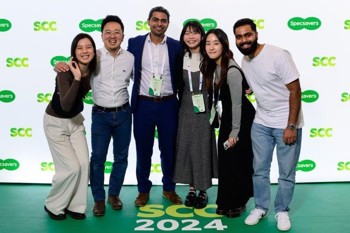
Juliette Lim, John Kwak, Dr Riyaz Bhikoo, Juee Wong, Eileen Chen and Rishabh Baptista
He shared the poignant example of a patient whose eye was removed due to metastasised chordal melanoma, which reinforced the importance of regular eye exams. Since there is no screening programme globally for choroidal melanomas, optometrists are essential in early detection.
A chance to reconnect and reflect
Of course, no conference is complete without the social aspect and SCC 2024 did not disappoint here either. The networking events provided a fantastic opportunity to connect with colleagues and share stories of how our careers had progressed, the challenges we faced and our hopes for the future. The Gold Coast offered plenty of opportunities to unwind after the intensity of the conference, from night markets to rooftop bars and, of course, the beaches.

Joyce Zhang, Vanshika Nadgir, Lexie Tea and Maggie Dai enjoying the Gold Coast social events
It was also heartening to see colleagues who had been through similar experiences over the past few years, facing the pressures of patient care during a pandemic, adjusting to new technologies, and embracing the rapid pace of change.
SCC 2024 provided a rich learning experience, newfound motivation and invaluable networking opportunities. It was a reminder of why we do what we do and how we can continue to grow, learn and provide the best possible care for our patients. The SCC team did an excellent job organising the event and I can’t wait to see what SCC 2025 in Melbourne has in store!
Rishi Khattar is a therapeutically qualified optometrist with Specsavers in Hamilton, a former president of the New Zealand Optometry Student Society and a regular contributor to NZ Optics.





